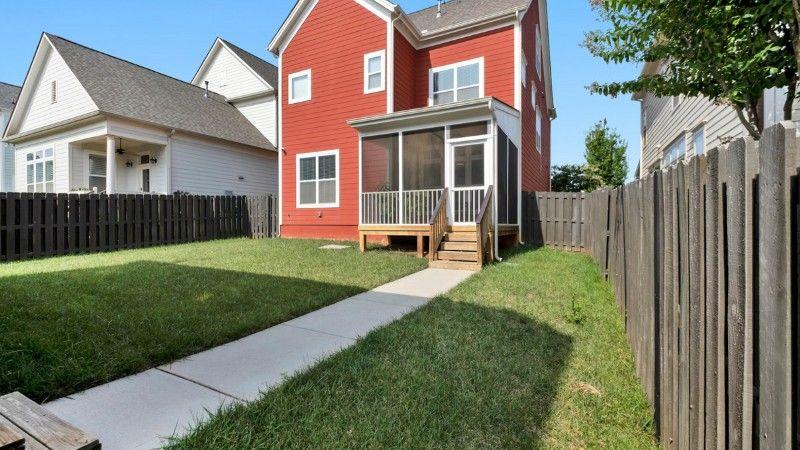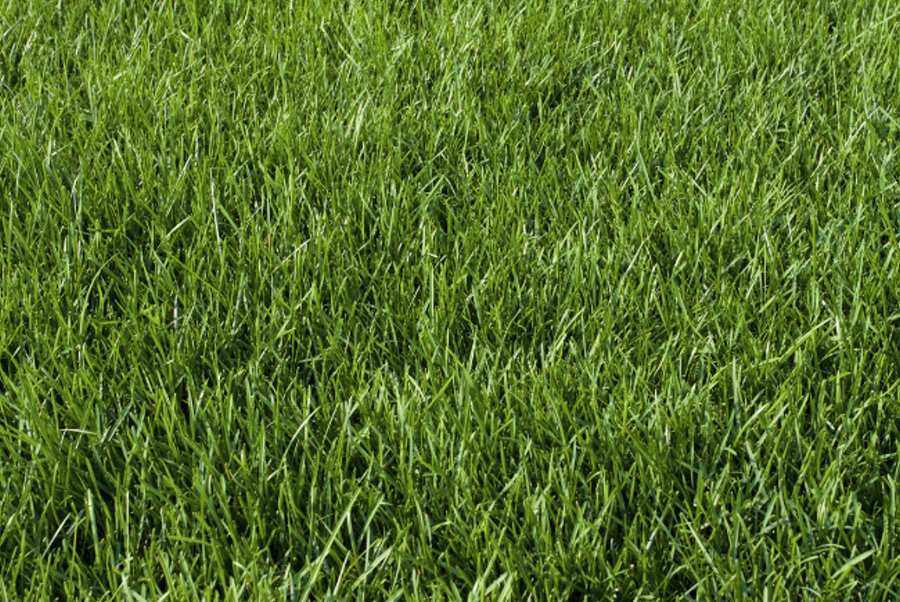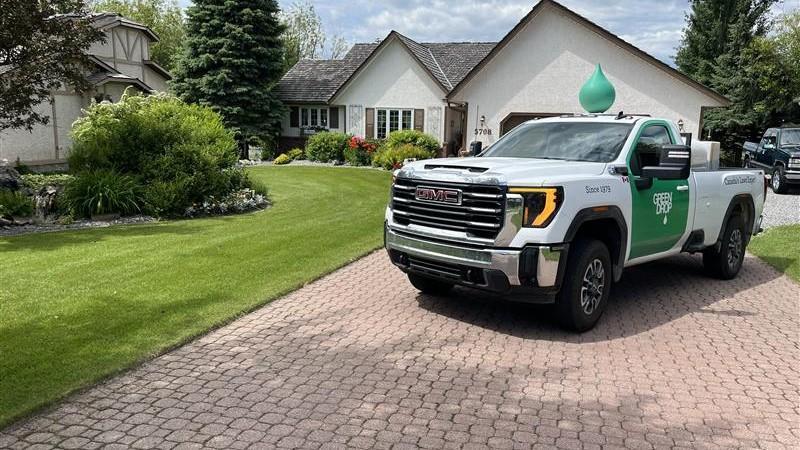How Much Sunlight Does Your Turf Really Need?
Reading time: 3 - minutesWe can’t tell you how many times we’ve walked into a yard and the homeowner says, “I don’t think my grass gets enough sun”.
You can fertilize, water, and mow like a pro, but if the sunlight isn’t right, that grass is never going to thrive.

Let’s break down what “enough sun” actually means, and what to do if your yard is working with more shade than shine.
Six Hours Is the Magic Number
Most turfgrasses thrive in at least 6 hours of direct sunlight each day. Less than that and you're asking for a thinner, weaker lawn. Some shade-tolerant types like fine fescues can manage with 4–5 hours. But full shade is trouble.
Type of Grass

In Western Canada, we mostly deal with cool-season grasses, which are a better fit for our spring-fall cycle and cooler nights. But even these tough varieties need a decent amount of direct sun to do well. If you're in a heavily shaded neighbourhood, we might recommend sticking to fine fescues or even rethinking lawn zones entirely.
Does Filtered Light Count?
Filtered light helps, but it's not the same as direct rays. Even 4 hours of filtered light counts, but anything less may not meet your lawn’s full energy needs. Just a few hours of morning sunlight makes a big difference.
Signs Your Grass Isn’t Getting Enough Sun
Look for these red flags:
- Long, lanky stems reaching for light (a sign of stress)
- Thin, patchy areas under trees or near buildings
- Slow regrowth after mowing
- Soggy spots that stay wet too long, inviting fungal issues
Catching these signs early means you can adjust your lawn care regimen before the damage gets worse. Shaded grass is more likely to develop mould, mushrooms, thin out over time, and invite weed takeover. And if your mower keeps scalping those weak patches, you’re only speeding up the decline.
What Really Helps: Practical Tips
- Trim or prune low branches, even a little boost in sun makes a difference
- Raise your mower height in shady spots (cutting higher helps capture more light)
- Consider shade-tolerant grass varieties like fescue in tricky spots
- Use ground covers or mulch if an area consistently gets less than 4 hours
Final Takeaway

If parts of your lawn look tired, thin, or like they’re just giving up, sunlight might be the missing piece. Tracking how much direct sun your yard gets is step one, but knowing what to do with that info? That’s where we come in.
At Green Drop, we build lawn care plans based on real conditions, including how much sunlight your turf actually gets. From picking the right grass strategy to recommending soil boosters or shady-area maintenance routines, we’ve got the expertise to bring your lawn back to life.

